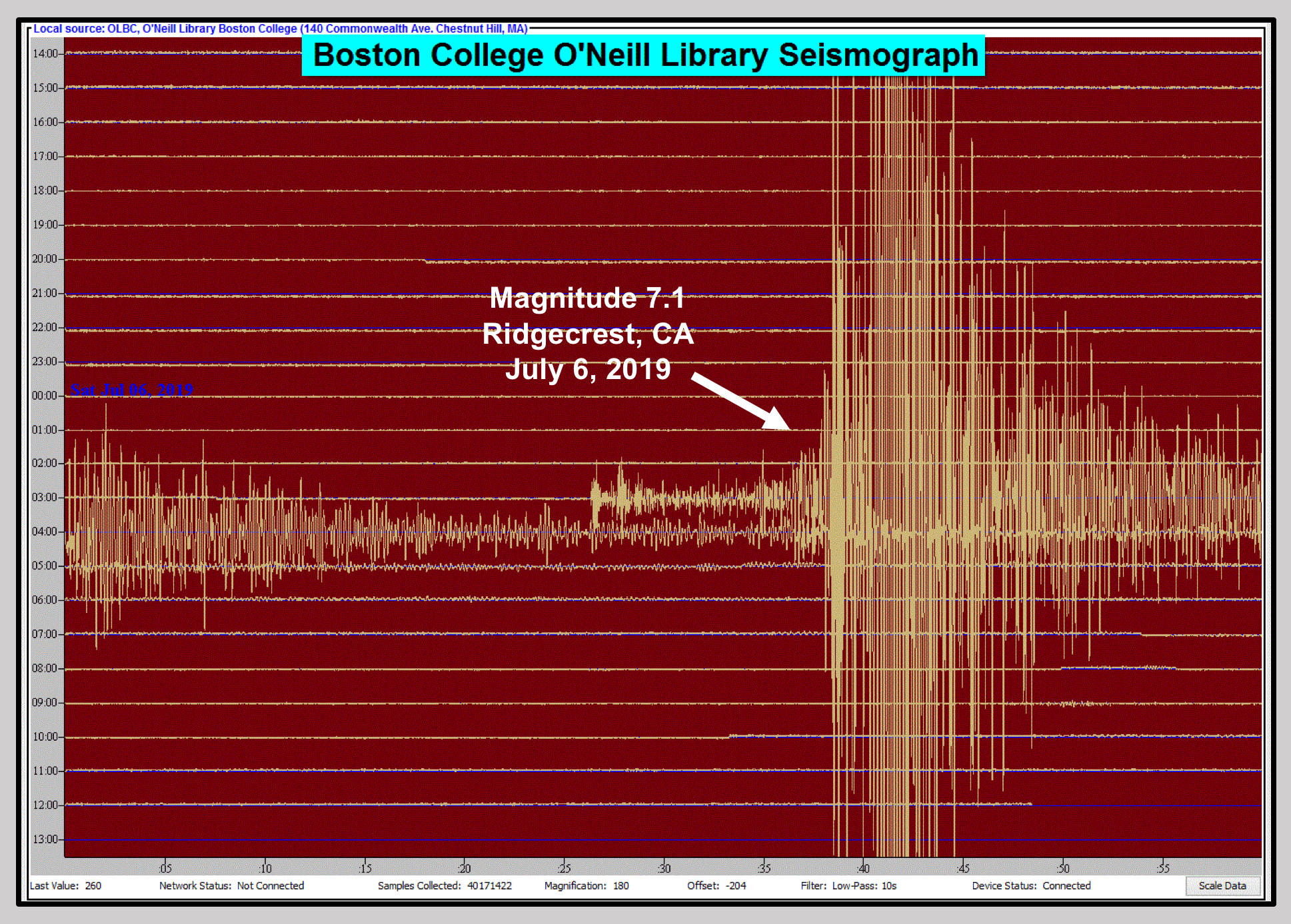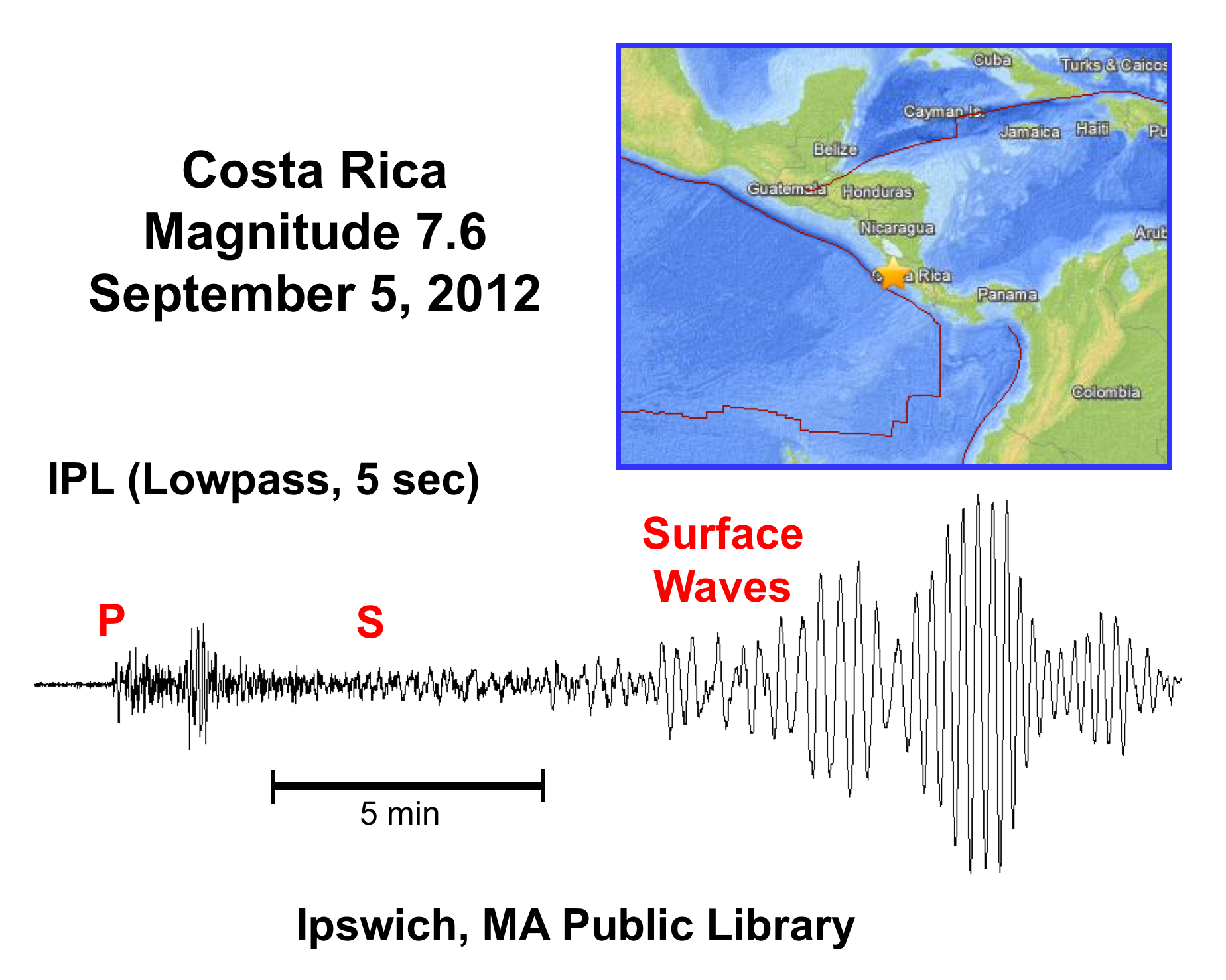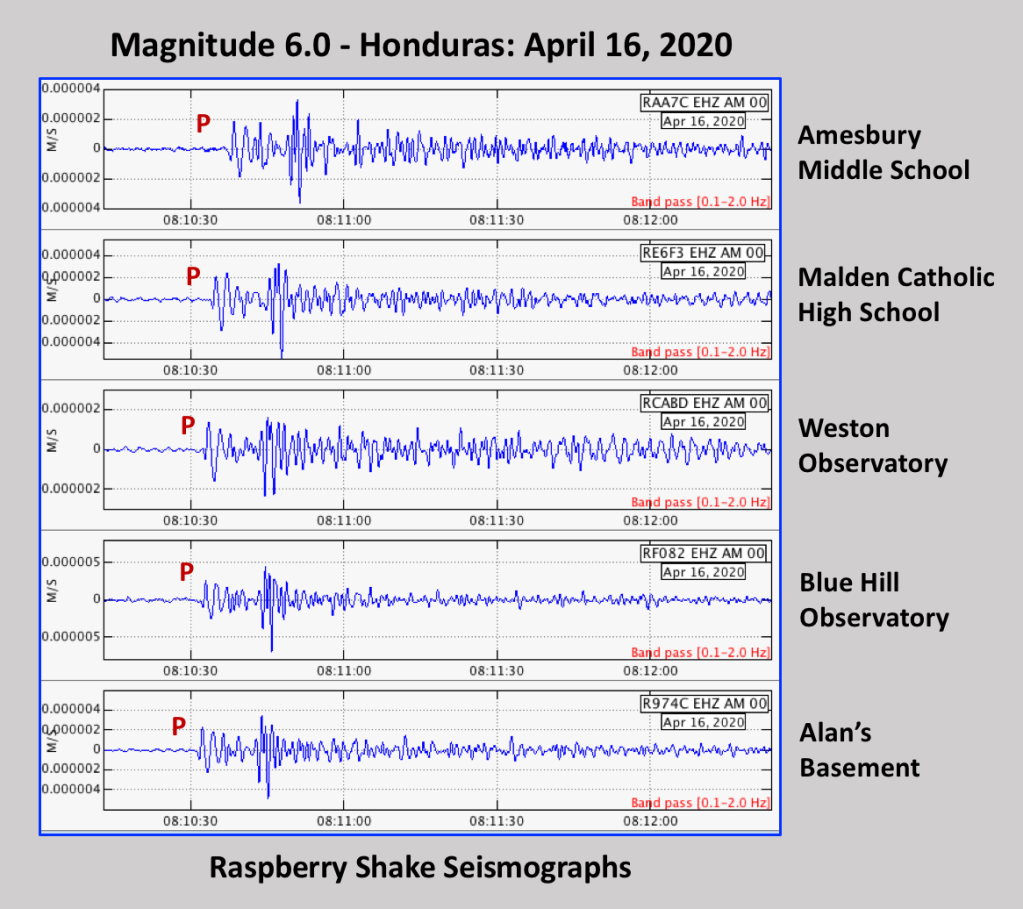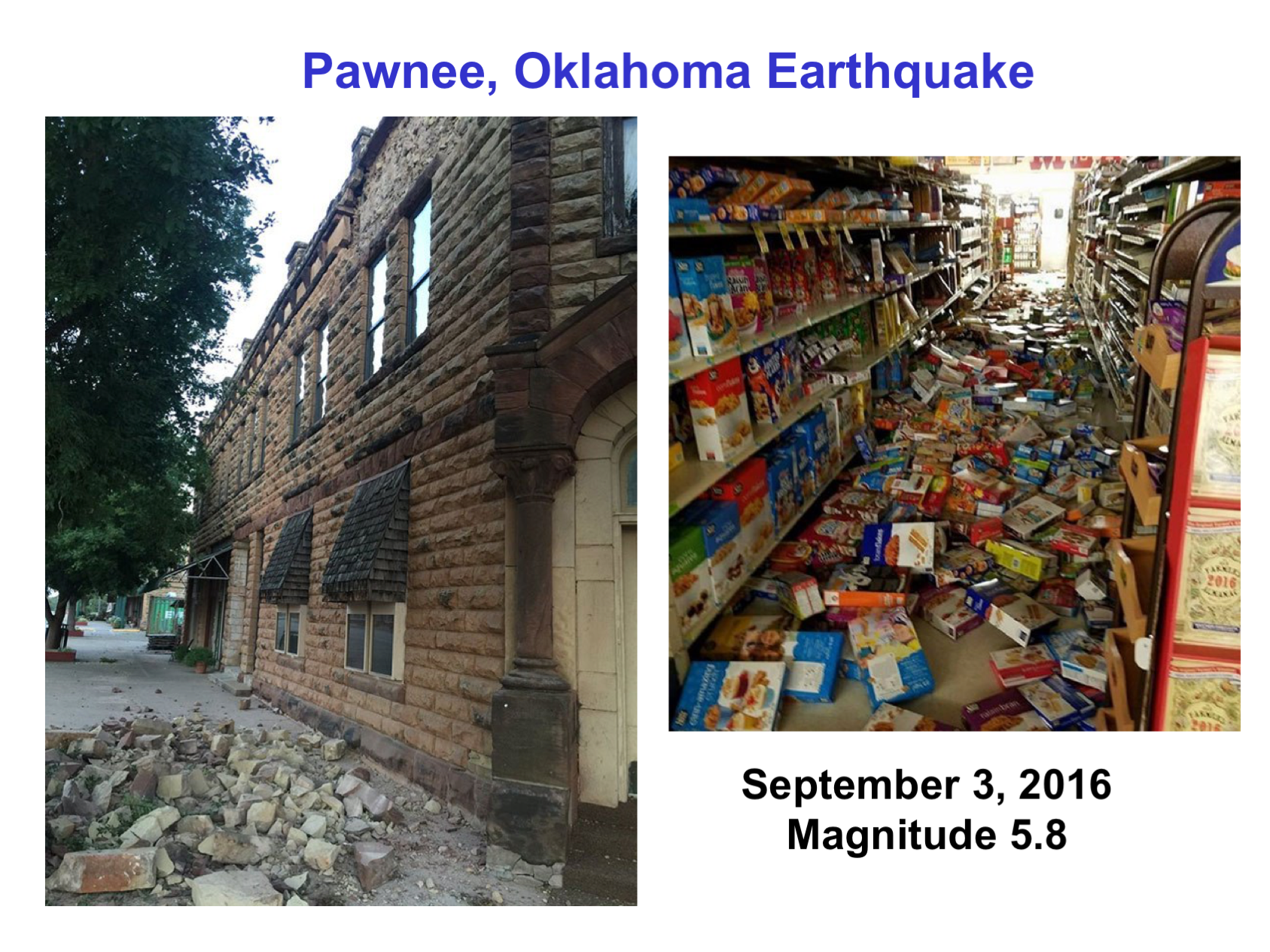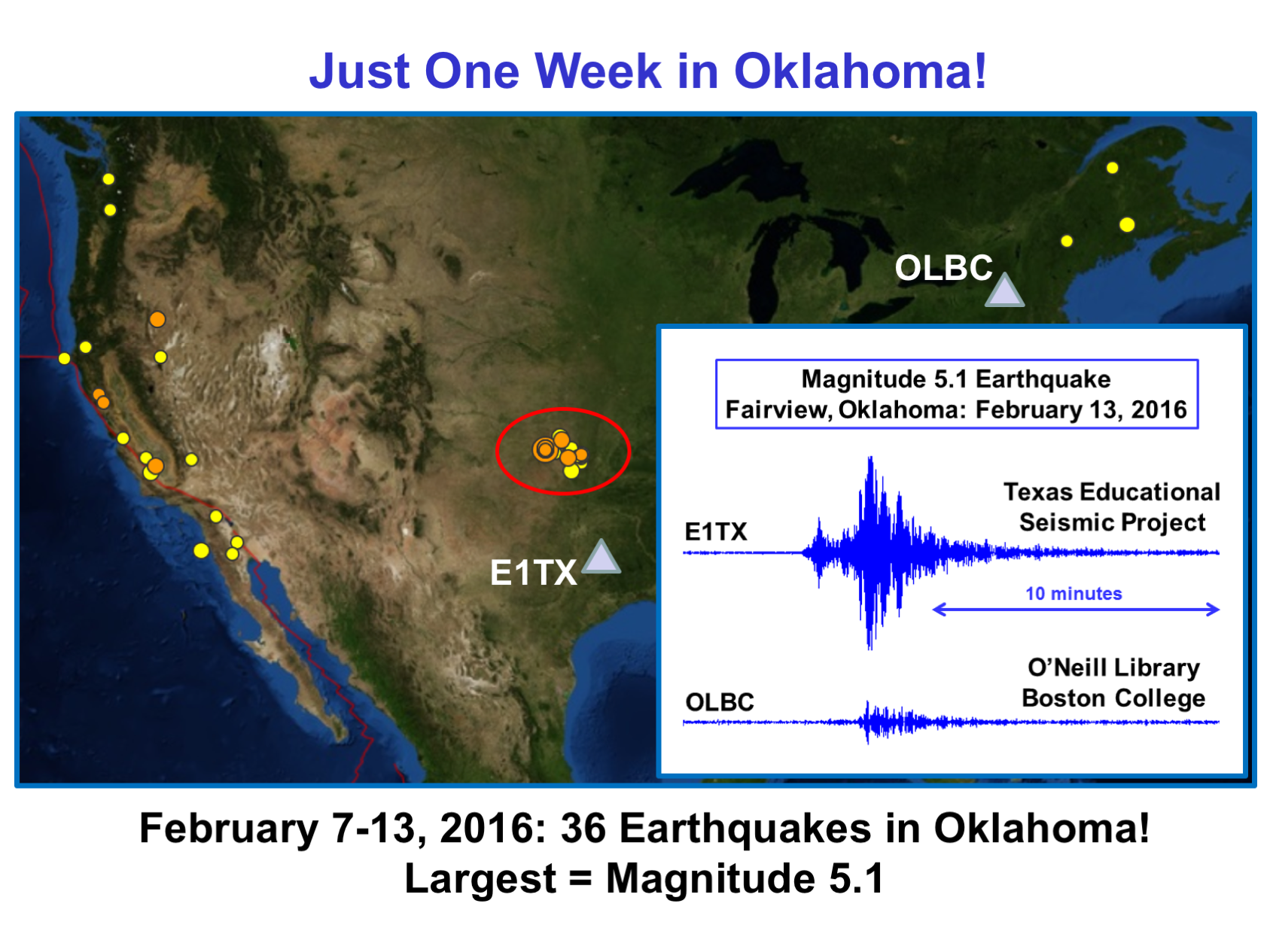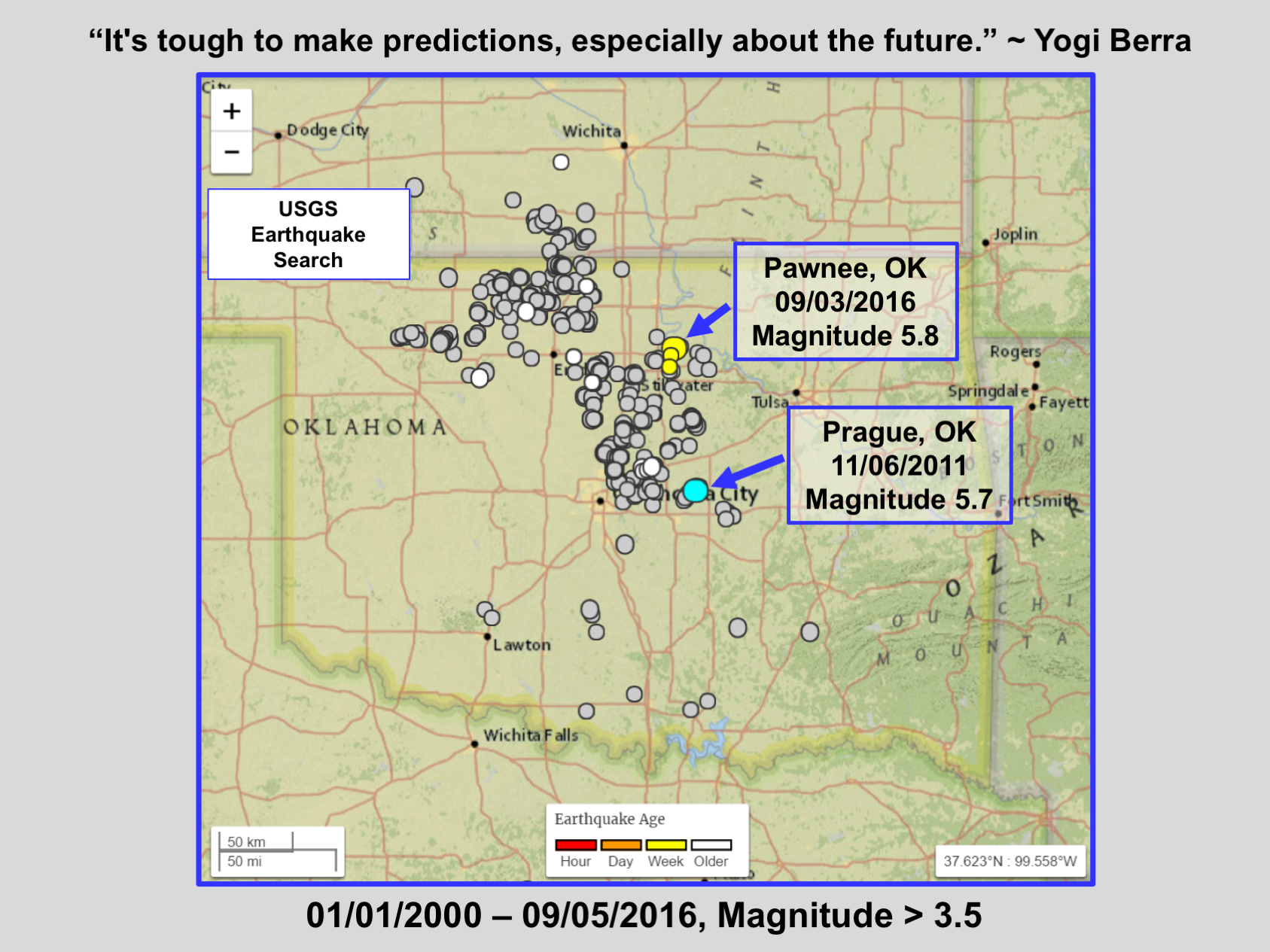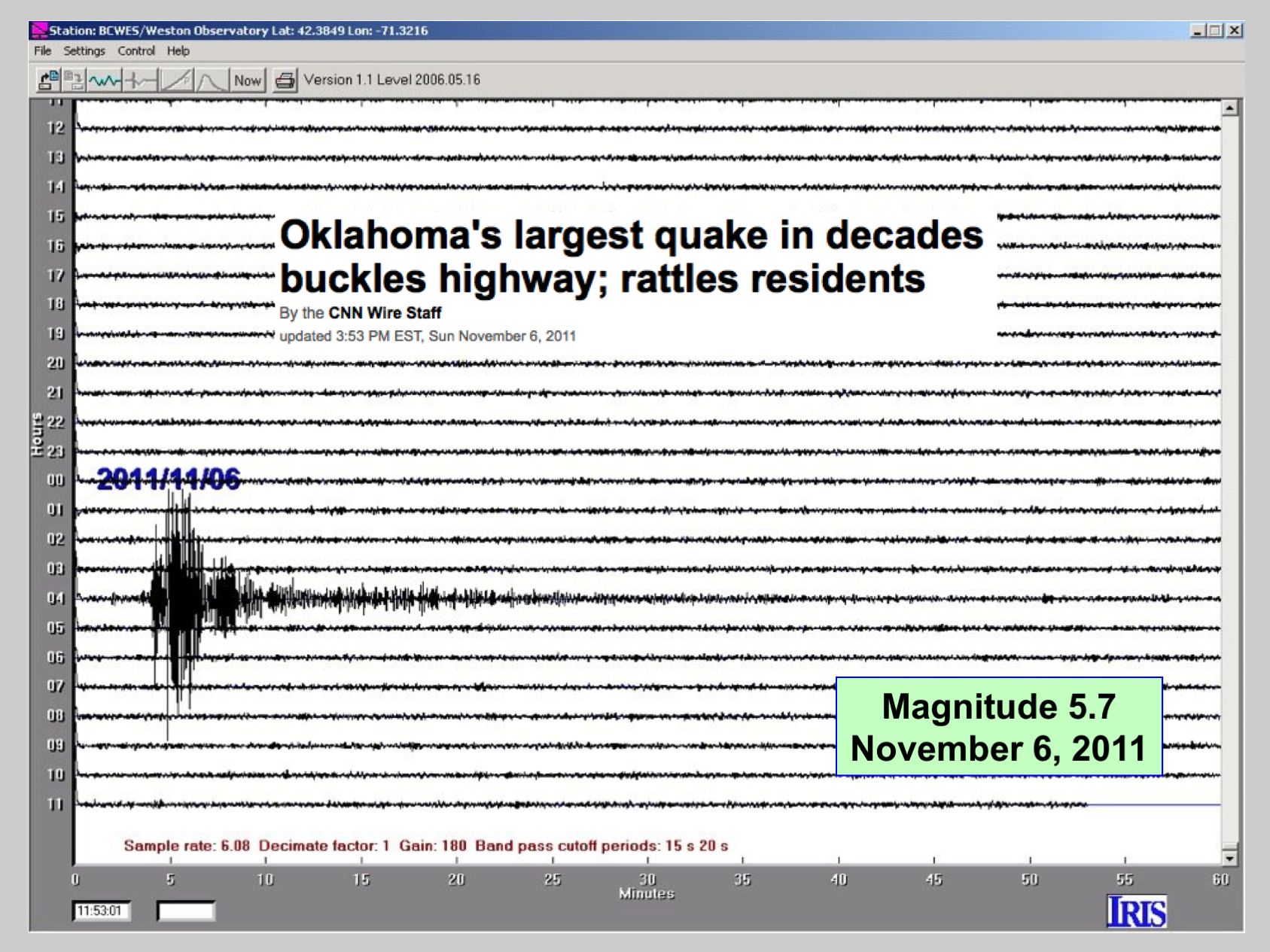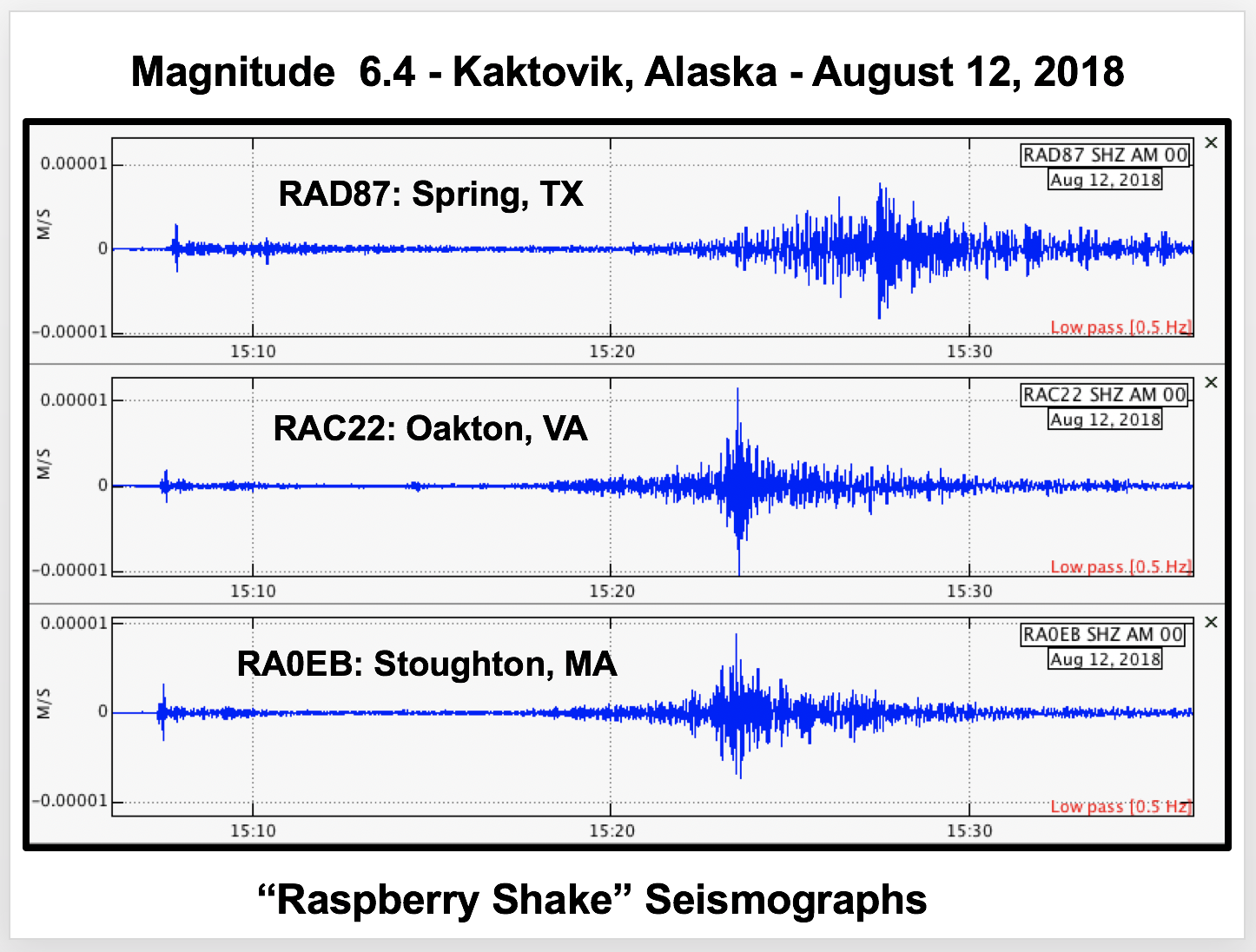“…Thus, the cause of the earthquakes in this region remains an enigma.“
Alan Kafka, Weston Observatory, Department of Earth & Environmental Sciences, Boston College
When people think of earthquakes, they probably think of a lot of places other than New York City, such as California and Japan. But (long ago), when I was in graduate school studying earthquakes in places like the Carribbean plate region, I discovered that earthquakes actually do occur all around my home town of New York City. Since then, I have been obsessed with the enigma of why earthquakes occur in the Eastern United States, and in the New York City area in particular, deep within the interior of the North American plate.
The area within a 100-km radius of New York City has had an intermediate level of seismic activity throughout its recorded history. It is, of course, not as seismically active as some parts of the Western United States, and it hasn’t experienced earthquakes as large as those in some other parts of the U.S. east of the Rocky Mountains, such as the 1811 to 1812 earthquakes near New Madrid, MO. Nonetheless, the New York City area has had its share of moderate-sized historic earthquakes. Unlike the situation in regions near plate boundaries, such as along the San Andreas fault zone, the pattern of the seismicity in the New York City area does not show any clear concentration of activity along geologically mapped faults (e.g., Kafka et. al., 1985, 1989). Thus, the cause of the earthquakes in this region remains an enigma.
I have been musing about this enigma for more than four decades. Here’s a sample of my musings:
Earthquake Activity in the Greater New York City Area: Magnitudes, Seismicity and Geologic Structures, A.L. Kafka, E.A. Schlesinger-Miller, and N.L. Barstow. Bulletin of the Seismological Society of America, 75(5), 1285-1300, 1985.
Earthquake Activity in the Greater New York City Area: A Faultfinder’s Guide, A.L. Kafka, M.A. Winslow, and N.L. Barstow, In Field Trip Guidebook, 61st Annual Meeting, N.Y. State Geological Association, D. Weiss, ed., 177-204, 1989.
Faults and Earthquakes in the Greater NY City Area: Reflections at the Intersection of Science, the Media, and the Public, A.L. Kafka (Blog, September, 2008).
Seismicity in the Area Surrounding Two Mesozoic Rift Basins in the Northeastern United States, A.L. Kafka and P.E. Miller, Seismological Research Letters, 67(3), 69-86, 1996.
“Cellular Seismology” of the Northeast Corridor of the United States, A.L. Kafka, Twitter.com/Weston_Quakes, September, 2020.
Public Misconceptions About Faults and Earthquakes in the Eastern United States: Is it Our Own Fault?, A.L. Kafka, Seismological Research Letters, 71(3), 311-312, 2000.
The Great Long Island City Earthquake of 2019 (Magnitude 0.9), A.L. Kafka, Twitter.com/Weston_Quakes, June, 2019.
Does Seismicity Delineate Zones Where Future Large Earthquakes Are Likely to Occur in Intraplate Environments?, A.L. Kafka, In Continental Intraplate Earthquakes: Science, Hazard, and Policy Issues, Geological Society of America Special Paper 425, Edited by S. Stein and S. Mazzotti, 35-48, 2007.
Why Does the Earth Quake in New England, A.L. Kafka (Blog, February, 2020).


